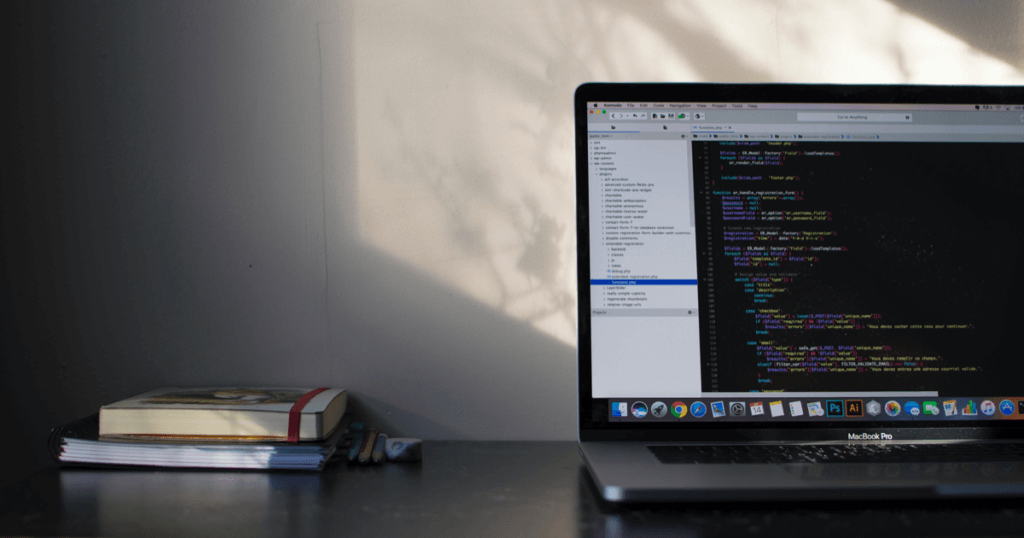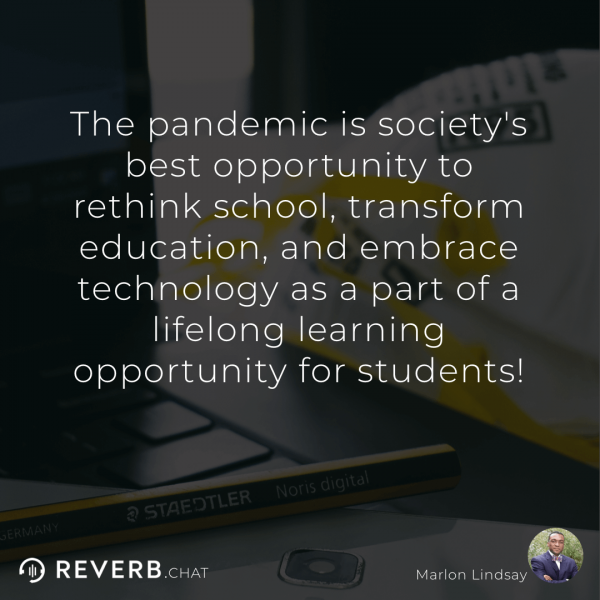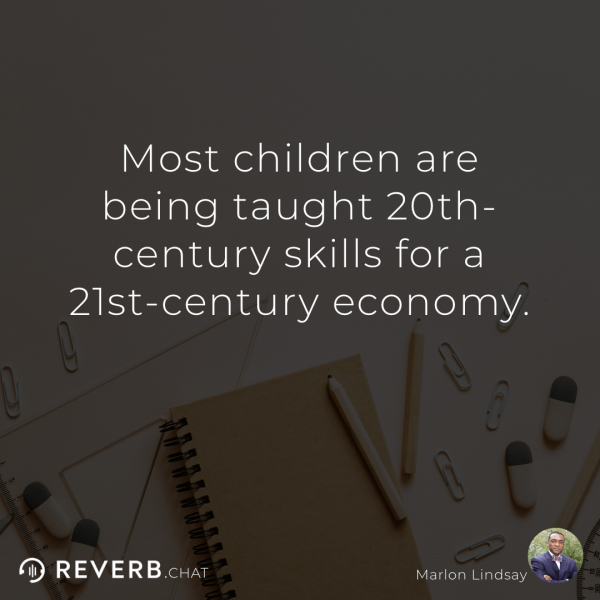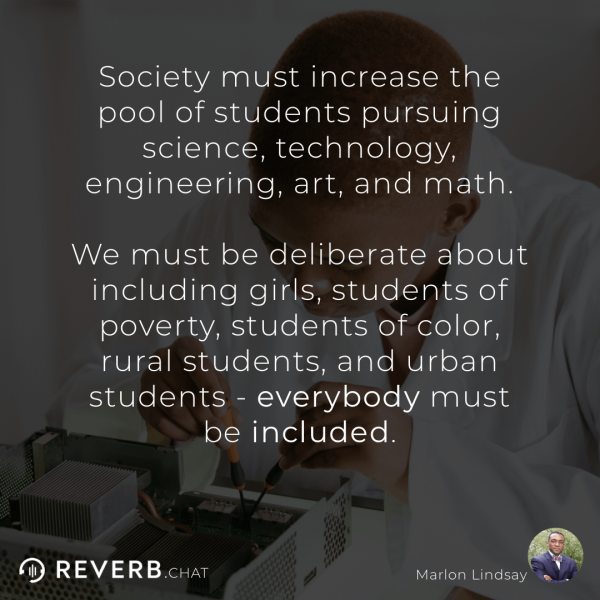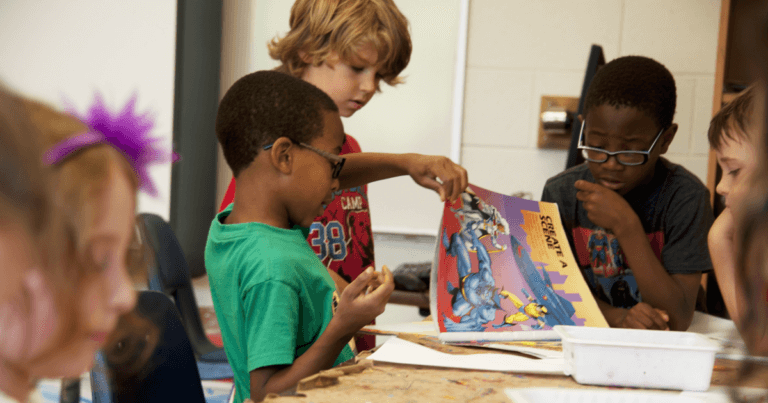The author’s views are entirely his or her own and may not always reflect the views of Reverb.
Dealing with the pandemic has shifted many students out of their comfort zones (or discomfort zones).
Students are used to showing up at school and having their day laid out for them in an enforced schedule. They’re used to moving from classroom to classroom.
The schedule though, is now the only thing moving. It’s disappeared nearly completely due to the pandemic.
Instead, students are home.
If they’re lucky enough to have a computer, they will have access to what they were learning in the classroom, digitized and delivered via a remote communication tool.
A slow start to digital learning
Our school systems have been slow to embrace digital learning and therefore developed a blended teaching and learning environment.
We’re having learning done away from the classroom. We’re using tools specifically designed for digital learning, such as my tool, TechTrep.
Still, the bad news is that we are confronting this pandemic.
Lives have been lost and disrupted, jobs have been lost and disrupted.
We will never be the same.
Despite all these tragedies, we can come out the other side stronger. Quite frankly, the pandemic is society’s best opportunity to rethink school, transform education, and embrace technology as a part of a lifelong learning opportunity for students!
Problems with equity, access, and high-quality resources
We’ve discovered problems with equity, access, and high-quality resources for core instruction during this pandemic.
We’ve also suffered a setback with the progress we’ve made getting all kids involved in STEM education.
The benefits of remote learning are that kids can get more done in less time and take on more enrichment programs such as STEM education.
STEM, as a combined discipline, does not have enough presence in the education system.
Believe it or not, the opportunity that remote learning brings during this pandemic will allow students to get a comprehensive STEM education in school, after school, and even not in school.
While tragic, our education system will come out of the coronavirus stronger and more resilient than it was going in.
STEM
There are over 665,000+ computer science jobs available in the United States alone and not enough STEM-trained people to fill them.
Furthermore, AI and everything related to it – machine learning, robotics, and automation – will cause nearly half of present-day jobs to transform completely or even disappear over the next two decades.
Most children are being taught 20th-century skills for a 21st-century economy; if this isn’t addressed within 5-years, there will be dire consequences.
The solution
The solution? Society must increase the pool of students pursuing science, technology, engineering, art, and math.
We must be deliberate about including girls, students of poverty, students of color, rural students, and urban students – everybody must be included.
We must immerse all 4th – 8th-grade students in a project-based STEM experience before they form self-defeating ideas about their abilities. These students need to be shown that they can do STEM before they think they can’t.
The way to increase the number of students studying STEM is to provide all students with STEM experiences early in their development.
Society needs all hands on deck – government, K-12 education, higher education, community partners, business partners, parents, and philanthropists.
This effort will take coordination.
The first thing to do is to provide a comprehensive STEM resource that kids can access anytime, anywhere. Mine, 21stCentEd., was made for this.
The second thing to do is focus!
Really double down on STEM and equality.
This would be a big help during the pandemic.
The future
So what does the future of education look like?
I see STEM pursuits at an early age and properly optimized distance learning software.
What about you? What do you see? Share your thoughts in the comments below, it would be great to hear from you!

